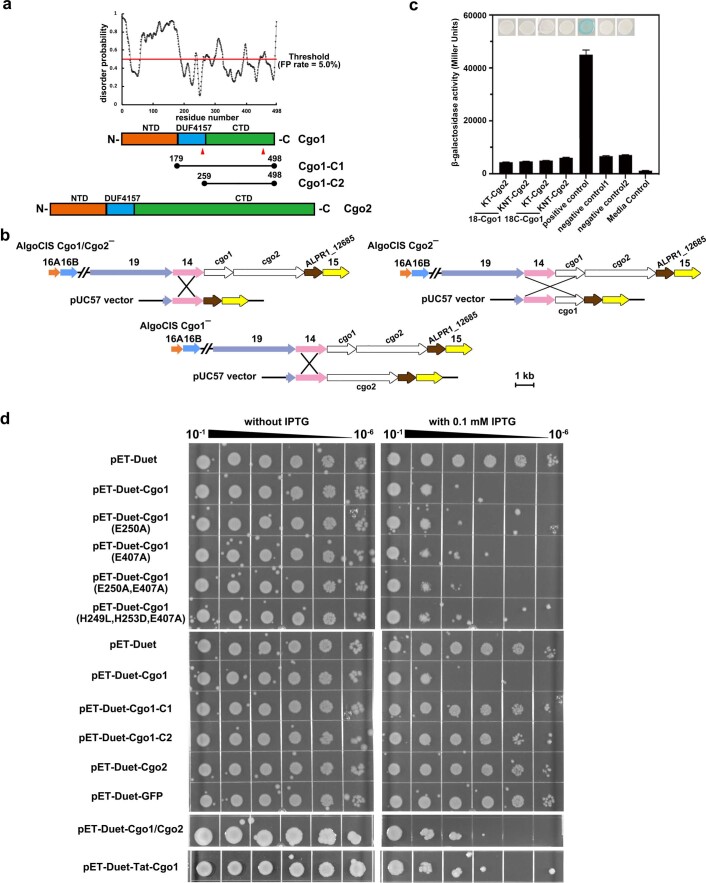Extended Data Fig. 9. Characterization and two-hybrid analyses of putative cargo proteins.
a: Schematic and disorder probability plot showing the domain organizations and disorder properties of putative cargo protein Cgo1 (ALPR1_12695). The positions of two putative metalloprotease motifs (HExxH) are highlighted by red triangles. The domain organizations of the other putative cargo protein Cgo2 (ALPR1_12690) is shown in the bottom panel. b: Schematic showing the principles of the cross-over methods to generate different cargo protein-deficient mutants. The color code for different genes matches Fig. 1a. c: Two hybrid analyses showing no interaction between the two cargo proteins. Shown are qualitative spot assay on a X-gal plate (top) and the quantification by using a ONPG β-galactosidase assay with fusions to N (KT/18 C) and C-terminal (KNT/18) adenylate cyclase subunits (bottom). Representative experiments are shown. Bars are mean with error bars indicating standard deviation. d: Bacterial spot assays show that the expression of full-length Cgo1 had a killing effect in E. coli (the columns represent the serial dilutions from 10−1 to 10−6 with a dilution factor 10 per step). Furthermore, the point mutants in putative metalloprotease motifs, or the co-expression with Cgo2, or the fusion with periplasmic tag did not impair the killing effects. The strains carrying pET-Duet/pET-Duet-GFP vectors are negative controls.

